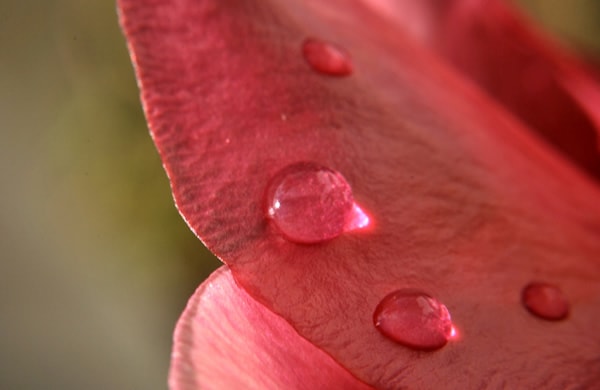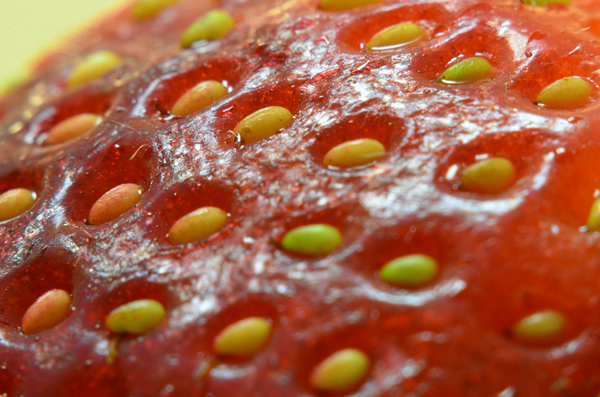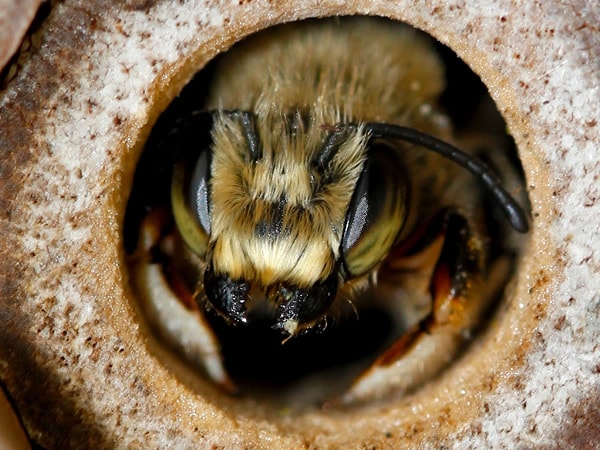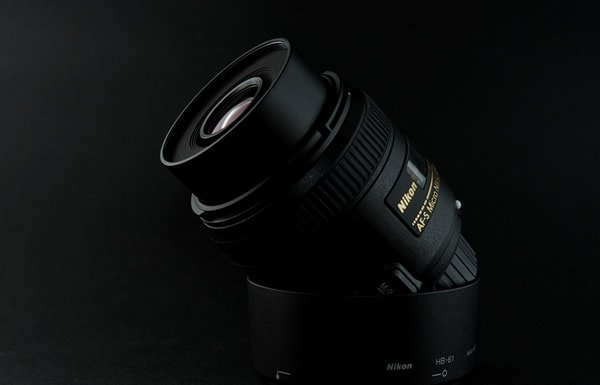Macro Photography – Getting The Most Out Of Shooting Tiny Subjects
Macro photography is an extremely interesting genre of photography where the smaller the subjects, the better. In fact, small and even tiny subjects are the stars. Macro photography is usually defined as extreme, close-up photography, characterized by shooting exceptionally small subjects.
The size of the photograph’s subject is a lot larger than in real life. This genre of photography lends itself to producing highly unique and even unusual images that make quite the impression.
As with any special area of photography, some techniques and equipment work better than others. Macro photography is no exception. When you shoot subjects, you want to succeed at literally bringing out every minute detail in them. Here is what you must remember to get the most interesting and attractive results with your foray into macro photography.
Choose Only The Most Perfect Subjects
You may be asking yourself, “How can I choose perfect subjects when they’re so tiny and details may be hard to spot?!”

photo by Flavia Mariani
Force yourself to really inspect your subjects by looking them over very closely. Let’s say that you want to shoot a beautiful butterfly. If it has a damaged wing, for instance, then this tiny imperfection will show up quite noticeably in a macro photo and could end up distracting the viewer, thereby ruining the shot.
Take some time to inspect your subject, and you won’t be disappointed when you get home and analyze your shots on your computer.
Be Sure To Light Your Pictures Well
Macro photography works best in natural light, so try to use natural light as much as you can. Of course, this isn’t always going to be the case, as when you’re in an environment where light levels are naturally lower or you’re working with fast-moving subjects.
So what do you do? Instead of utilizing your camera’s built-in flash, switch to a ring flash that has the tendency to produce a far more even distribution of light. It’s also a savvy idea to rely on a reflector to bounce necessary light onto the darker areas of your shot. Although you can purchase reflectors, you can also easily make them from a piece of silver foil and card.
Move In On The Subject & Then Add A Bit Of Space
Try to take abstract and powerful shots by isolating a specific part of the subject. Find a certain detail on a subject that really interests you, such as a special marking on an insect or a specific pattern on a leaf. Then, zoom in very closely, thereby filling up your frame with nothing but remarkable shapes and striking imagery.

photo by atramos
Conversely, do attempt the opposite of this technique, too, so that your subject has some room to “breathe”. If you add some space to your shot, you’ll provide some helpful context and a sense of scale to your photo. You’ll have to make sure that your background stays as simple as possible during this technique since you don’t want it to take attention away from your main subject.
Avoid Windy Days At All Costs
When you’re working at such a close distance to your subject, even the slightest movement in the frame is excessively noticeable. It follows that even a tiny breeze (or what seems like one) can actually appear as a powerful, winter gale that’s blowing all throughout your shot! To remedy the problem of windiness, you can use plamps to hold your subject in place.
A plamp is a special piece of photography equipment that was designed to attach to your subject at one end while attaching to your tripod at the other. Besides exercising copious amounts of patience to just wait the wind out, you could also try to shelter your subject by using shields you make yourself.
Give Manual Focus A Try
Autofocus isn’t your friend when shooting subjects close-up. Autofocus will be searching forward and backward until it finds something on which to focus. Instead of wasting time for autofocus to get its act together, simply change over to manual focus, which gives you control over focusing with greater precision.
Of course, if you don’t have much experience with manual focus, it will take some time to get used to it until you get the hang of it.
Practice manual focus by shooting stationary objects like fungi or flowers. Once you’ve got the hang of manual focus, you can move up to more challenging subjects like insects and other moving subjects.

photo by Doug Wheller
Take Advantage Of Apertures To Control The Depth Of Field
By selecting a smaller aperture—such as either f/16 or f/22—you can obtain the most from the available depth of field.
You’re going to find out quite quickly that, at half-life size, the depth of field you’ll reach at f/22 will just be approximately 15mm. And that’s the best-case scenario. However, you may want to entertain going to the other extreme and choosing to show as minimal sharpness as possible through opening up to full aperture. This would be something like f/2.8 or even f/4.

photo by Justin Hee · Nikon 40mm f/2.8G AF-S DX Micro-Nikkor Lens available at B&H Photo
One huge benefit of the second choice is that the out-of-focus shots are going to appear as circle-like bubbles, which will add something very interesting aesthetically.
Backlighting May Help To Save The Day
If you want an extra-interesting twist to your macro photography shots, try backlighting. In this case, backlighting need not be anything more than basic, low, morning light.
It’s just that subjects that are already translucent—like butterfly wings, leaves and flower petals—will look quite attractive if the light shines through them from behind.
Still, you’re advised to monitor these types of shots very closely because the light levels may dupe your camera into believing that the scene’s excessively bright. When this happens, the shot may be underexposed. If something like that should happen, simply rely on exposure compensation to correct the problem.
Macro photography is a genre where you sometimes just get the “wow” factor in the most unexpected ways. You’ll be surprised how a little insect, flower petal or other teeny, tiny object can look unbelievably impressive close-up! Of course, as with any other genre of photography, you’ve got to both practice and experiment with your equipment, technique and shots until you start to get the results you’re happy with.
If you’re looking at a way to reinvigorate your passion for photography, give macro photography a shot…or two.
Even if you’re just looking to try something new, you may be surprised at how interesting you find this genre. If you just like tinkering with your photography equipment to see what you can experiment with…well, there’s no better place to start than macro photography. When your friends are “oohing” and “ahhing” with every macro photography shot you show them, you’ll realize exactly what the power of close-up can do.
